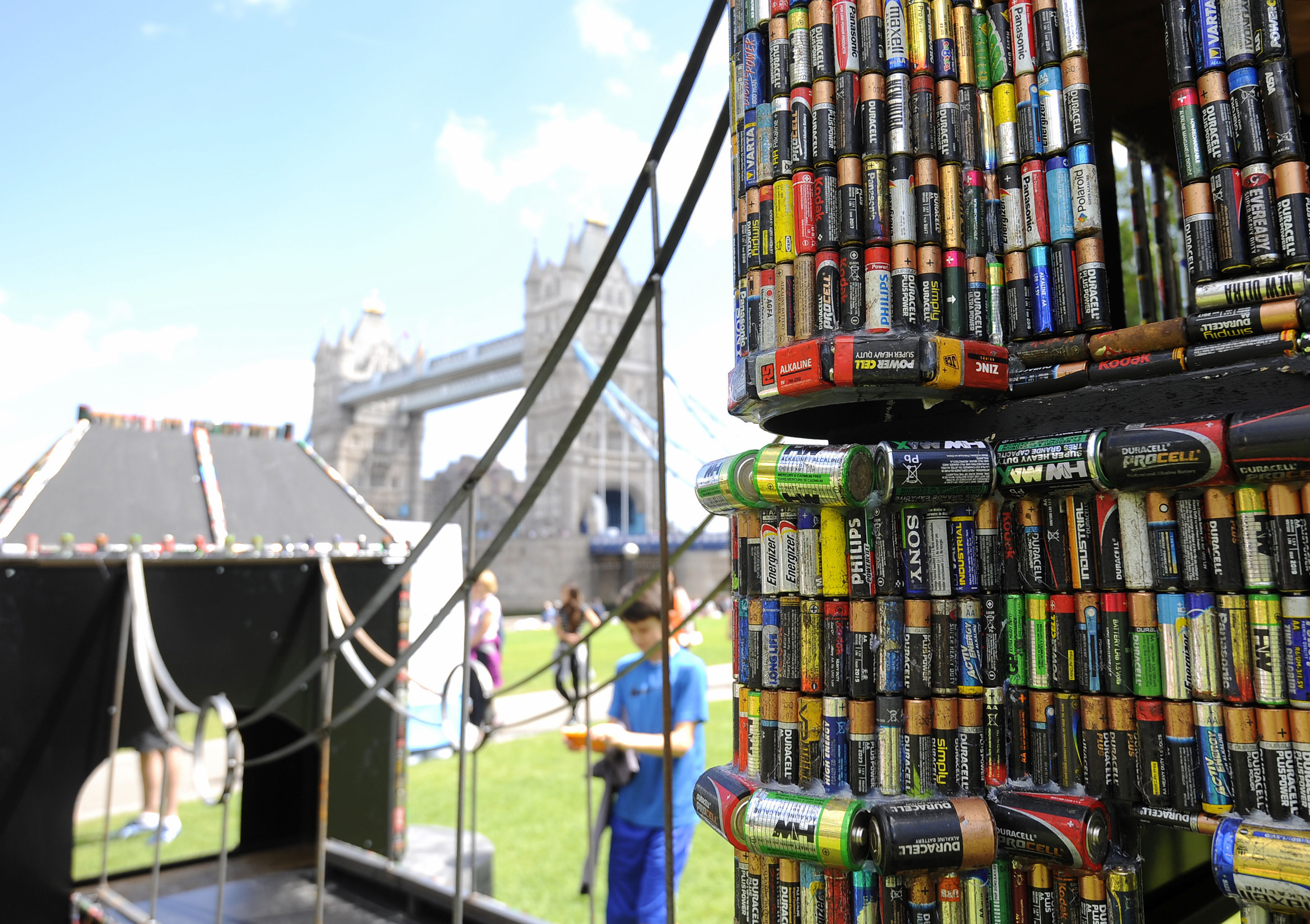
FEW things in this world are more infuriating than when the device you’re currently using and relying upon runs out of battery and dies.
But now scientists in the US believe they may have found a solution in the form of a flow battery – a piece of chemistry that stores energy in organic molecules dissolved in pH-neutral water.
This process has not only been found to produce long lasting batteries that aged far slower than those currently in most of our devices, but they are also non-toxic and non-corrosive, features that could significantly reduce production costs.
They would be used as a more reliable long-lasting storage point for renewable energy such as wind and solar power.
The technology world is currently stuck at a crossroads between device power and battery power, where current generation batteries are struggling for innovation and as a result are unable to extend a single charge beyond a day or so on high-powered devices.
The team of researchers from the Harvard John A Paulson School of Engineering and Applied Sciences (Seas) have now published research that suggests flow batteries and their liquid solution could be a key breakthrough to move beyond the lithium ion batteries we currently rely on.
Lead author of the study Dr Michael Aziz said flow batteries had been found to lose only 1% of their capacity per 1000 cycles of charge and run down.
“Lithium ion batteries don’t even survive 1000 complete charge/discharge cycles,” he said, adding that the non-toxic nature of the batteries greatly reduces the cost of manufacturing them as well as cleaning up should something go wrong.
“It becomes cost effective to put batteries in so many places. This research puts us one step closer to reaching that target.”

Enjoy the convenience of having The Sunday Post delivered as a digital ePaper straight to your smartphone, tablet or computer.
Subscribe for only £5.49 a month and enjoy all the benefits of the printed paper as a digital replica.
Subscribe

